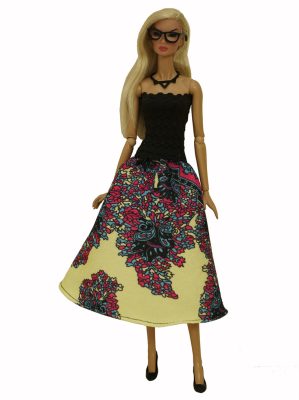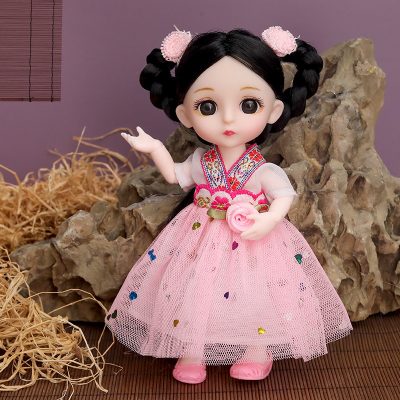The evolution of Barbie dolls has been marked by significant changes in their design, representation, and inclusivity. Since Barbie’s introduction in 1959, she has undergone numerous transformations to keep up with societal shifts and changing perspectives on beauty, diversity, and gender roles. Here is an overview of the key milestones in the evolution of Barbie dolls:
- 1959 – The Original Barbie: The first Barbie doll was introduced in 1959, designed by Ruth Handler and created by Mattel. She had a slim, adult-like figure with a stylish ponytail and was primarily marketed as a teenage fashion model. Her clothing was inspired by the fashion of the time.
- 1960s – Expanding Wardrobe: Throughout the 1960s, Barbie’s wardrobe expanded to include a wide range of fashion styles, reflecting the fashion trends of the decade, from mod fashion to hippie-inspired outfits.
- 1970s – Malibu Barbie: In the 1970s, Barbie took on a more California-inspired look with “Malibu Barbie,” featuring a sun-kissed appearance and a beachy lifestyle.
- 1980s – Versatility and Careers: Barbie began to take on various careers during the 1980s, including a doctor, astronaut, and businesswoman. This era emphasized Barbie’s versatility and independence.
- 1990s – Barbie Dolls of the World: In the 1990s, Barbie dolls from different countries and cultures were introduced as part of the “Dolls of the World” collection, highlighting diversity and global perspectives.
- 2000s – Barbie Fashionistas: The 2000s saw the introduction of the “Barbie Fashionistas” line, which featured dolls with diverse body types, skin tones, and hairstyles. This was a significant step toward greater inclusivity and body positivity.
- 2010s – More Diversity: In the 2010s, Barbie continued to diversify with the introduction of dolls representing different races, ethnicities, and abilities. There was also a focus on STEM-related careers with dolls like “Barbie Robotics Engineer.”
- 2020s – Barbie Sustainability: In more recent years, Barbie has made efforts to promote sustainability and environmental awareness, with dolls made from recycled materials and eco-friendly packaging.
Throughout these decades, Barbie has evolved to become more inclusive, reflecting a broader range of beauty standards, body types, and career aspirations. Mattel has worked to address concerns about the doll’s impact on body image and gender roles, aiming to empower girls to embrace their individuality and pursue their dreams.
The evolution of Barbie dolls mirrors societal changes and the ongoing conversation about diversity, inclusion, and gender representation. While Barbie has faced criticism and controversy at times, she remains a prominent cultural icon, adapting to stay relevant and meaningful to generations of children and collectors.



















